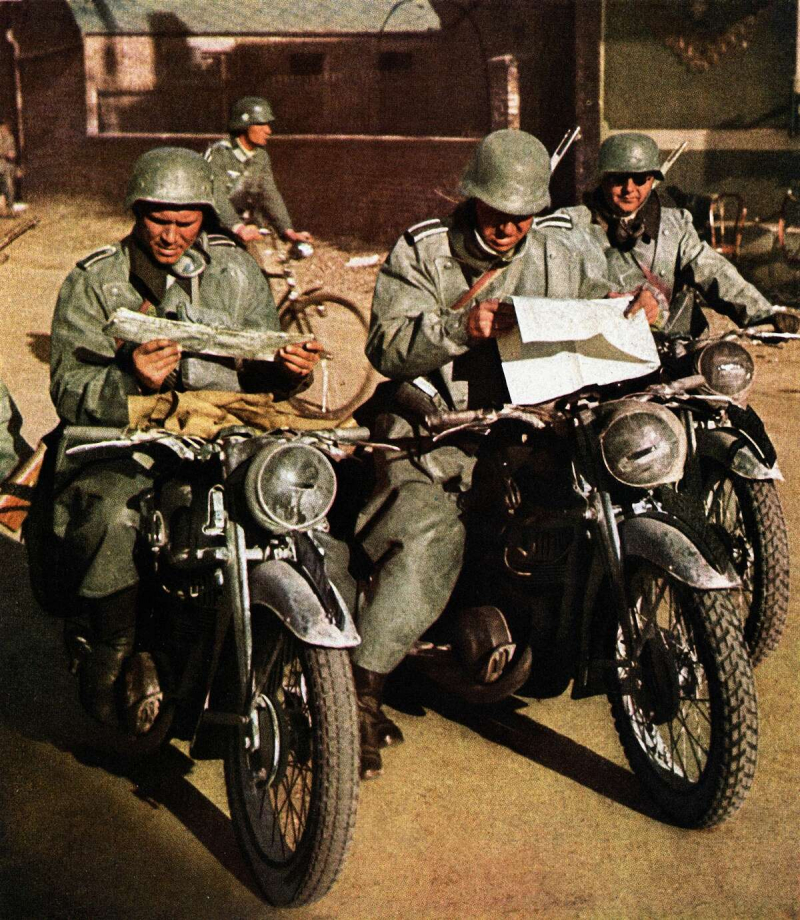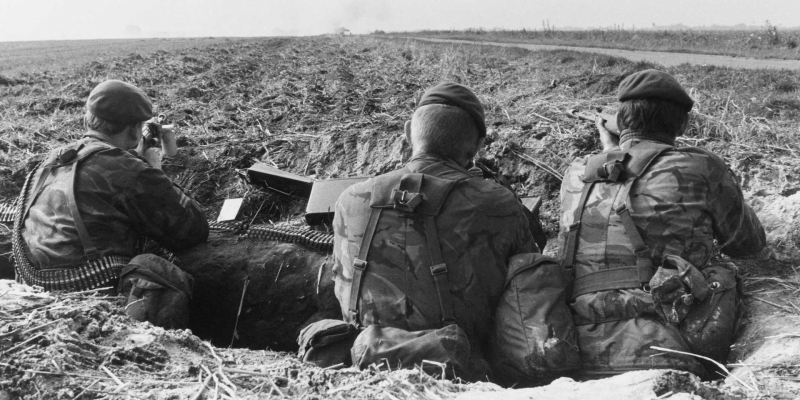Germany possessed a highly mechanized army which overwhelmed the Allies early in the war
Films about World War II continue to reflect the perception of the German Army as a massively mechanised, armoured juggernaut, which emerged in the media during the early stages of the conflict. About 135 divisions made up the German Army (the Heer) at the start of the conflict. 16 of those divisions had complete mechanisation. The others possessed a few motorised vehicles, including motorbikes for messengers and staff cars for officers.
The horse-drawn German army that quickly swept across the majority of Eastern and Western Europe was reliant on animal transport to deliver its supplies, heavy weapons, equipment, and ammunition. The French had more tanks, the majority of which were more powerful than their German adversaries, when the Germans invaded France in 1940. Additionally, they had almost the same amount of men and more heavy artillery.
The very inventive strategies created and used by the Heer, along with the air supremacy attained by the Luftwaffe, helped the Germans to defeat the French in a relatively brief campaign. The picture of the heavily mechanised German Army crushing its foes with sheer numbers of tanks and armoured vehicles endures, nevertheless. Throughout the conflict, between 75 and 80 percent of German combatants relied on rail and animal transit to and from the front lines.












